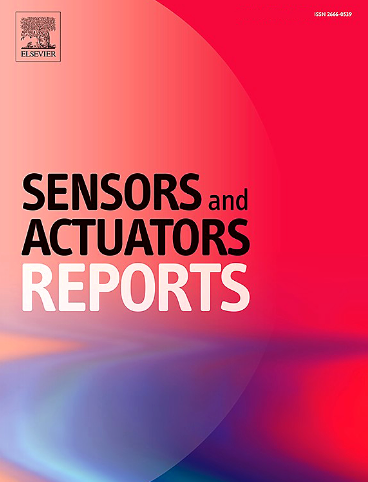Nanomaterial-based biosensors for early detection of Mpox virus: A comprehensive analysis
IF 6.5
Q1 BIOTECHNOLOGY & APPLIED MICROBIOLOGY
引用次数: 0
Abstract
Mpox, a zoonotic disease caused by the Mpox virus (MPXV), has re-emerged as a significant public health threat, particularly following the outbreak in 2022. Early and rapid detection of MPXV is crucial for controlling viral spread and preventing severe complications, particularly in vulnerable populations. While effective, traditional diagnostic methods like Polymerase Chain Reaction and genome sequencing are often costly and require complex equipment. Nanomaterial-based biosensors offer a promising alternative due to their unique physicochemical properties, high surface area, biocompatibility, and rapid response times. This review explores various nanomaterials—such as carbon nanotubes (CNTs), graphene, quantum dots (QDs), and gold nanoparticles (AuNPs)—and their application in the development of biosensors for MPXV detection, focusing on research from 2008 to 2024. These materials enable sensitive, specific, and portable biosensors that detect MPXV in real time via electrochemical, optical, piezoelectric, and calorimetric mechanisms. Each detection method leverages the virus's interaction with nanomaterial-functionalized surfaces to generate measurable signals. The review also discusses the advantages of nanomaterial-based biosensors, including enhanced sensitivity, cost-effectiveness, and portability, alongside the current challenges and future directions in the field. Nanomaterial-based biosensors could play a vital role in public health efforts to manage Mpox outbreaks by enabling early detection in clinical and point-of-care settings.

求助全文
约1分钟内获得全文
求助全文
来源期刊

Sensors and Actuators Reports
Multiple-
CiteScore
9.60
自引率
0.00%
发文量
60
审稿时长
49 days
期刊介绍:
Sensors and Actuators Reports is a peer-reviewed open access journal launched out from the Sensors and Actuators journal family. Sensors and Actuators Reports is dedicated to publishing new and original works in the field of all type of sensors and actuators, including bio-, chemical-, physical-, and nano- sensors and actuators, which demonstrates significant progress beyond the current state of the art. The journal regularly publishes original research papers, reviews, and short communications.
For research papers and short communications, the journal aims to publish the new and original work supported by experimental results and as such purely theoretical works are not accepted.
 求助内容:
求助内容: 应助结果提醒方式:
应助结果提醒方式:


